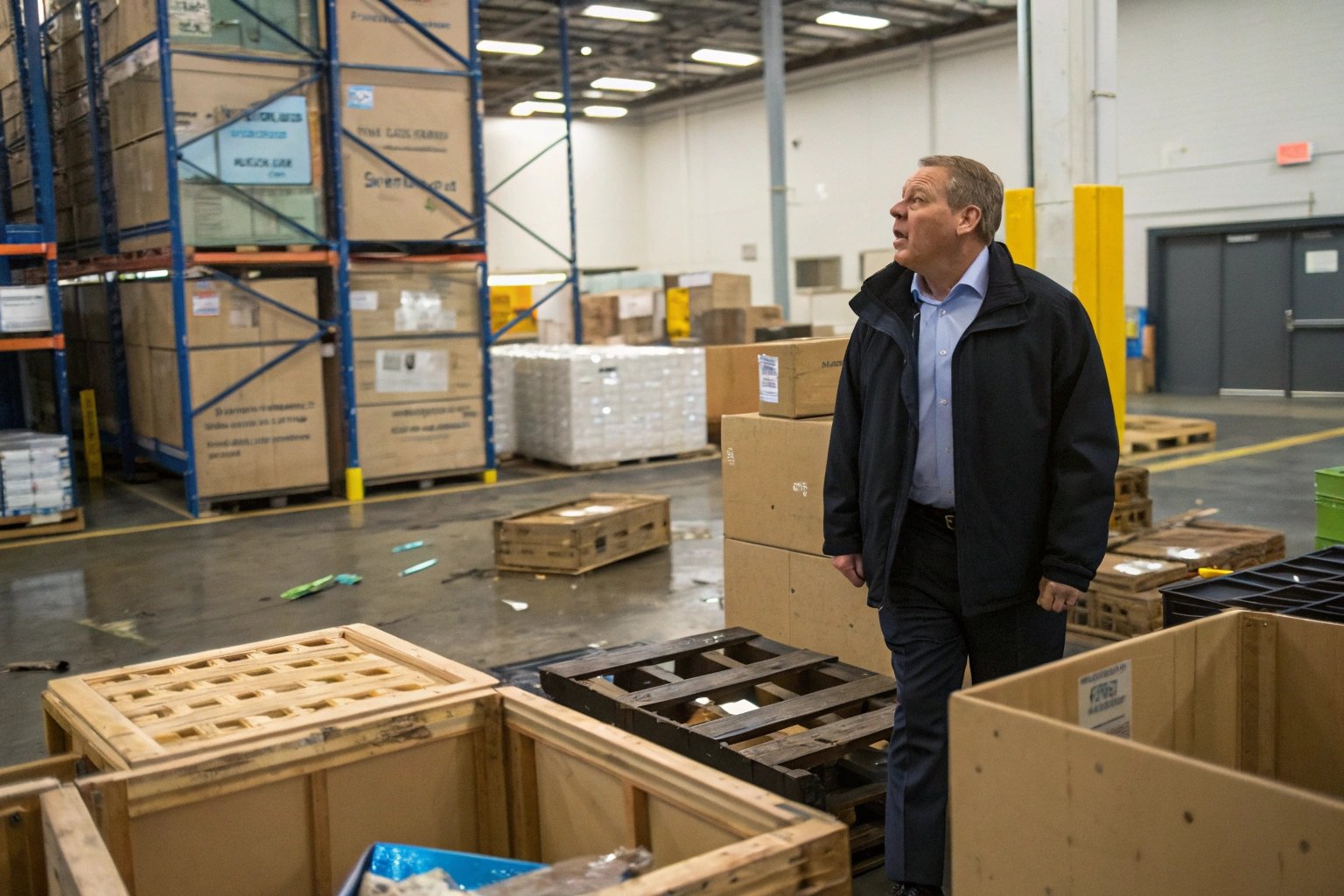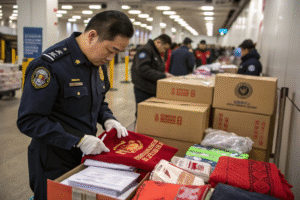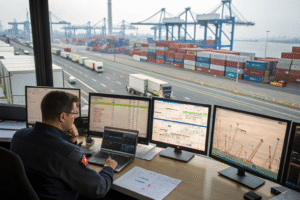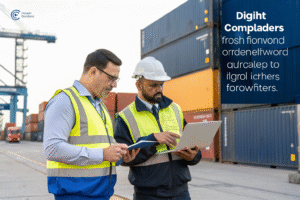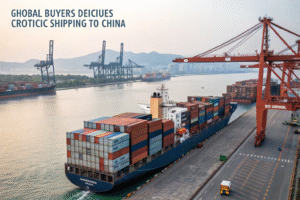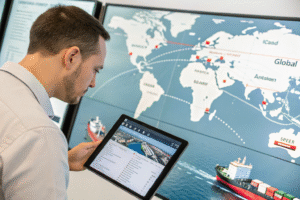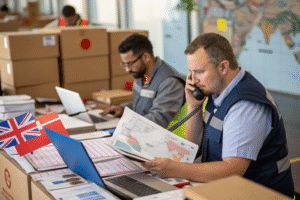International shipping is full of risks — damage, theft, loss at sea, or even mishandling during loading. When something goes wrong, freight insurance is what protects your business from financial loss.
Freight insurance covers your cargo against damage, loss, or theft during international transit. It gives you financial protection and peace of mind throughout the shipping journey.
Without proper insurance, you may only receive limited compensation from carriers. With it, you can recover the full value of your goods — and keep your business running.
What freight insurance covers in international shipping
Your carrier or forwarder may offer basic liability coverage, but that only provides minimal compensation. For real protection, you need proper cargo insurance.
Freight insurance covers the full commercial value of your shipment against physical loss or damage during transit by sea, air, or land.

What does standard freight insurance cover?
| Covered Event | Included |
|---|---|
| Fire or explosion | ✅ |
| Vessel sinking or overturning | ✅ |
| Theft or pilferage | ✅ |
| Container drop or damage | ✅ |
| Rough handling | ✅ |
| Bad weather during transport | ✅ |
| General Average (shared ship loss) | ✅ |
We insure shipments for clients using their declared commercial invoice value — often plus an additional 10% to account for freight and profit loss.
Most of our clients choose All-Risk policies, which offer the most complete protection across all transport modes.
Types of cargo insurance and when to use them
Cargo insurance isn’t one-size-fits-all. Different coverage levels apply depending on your cargo value, shipping method, and risk exposure.
The three main types of international cargo insurance are All-Risk, Named Perils, and FPA (Free of Particular Average). All-Risk is recommended for most shippers.
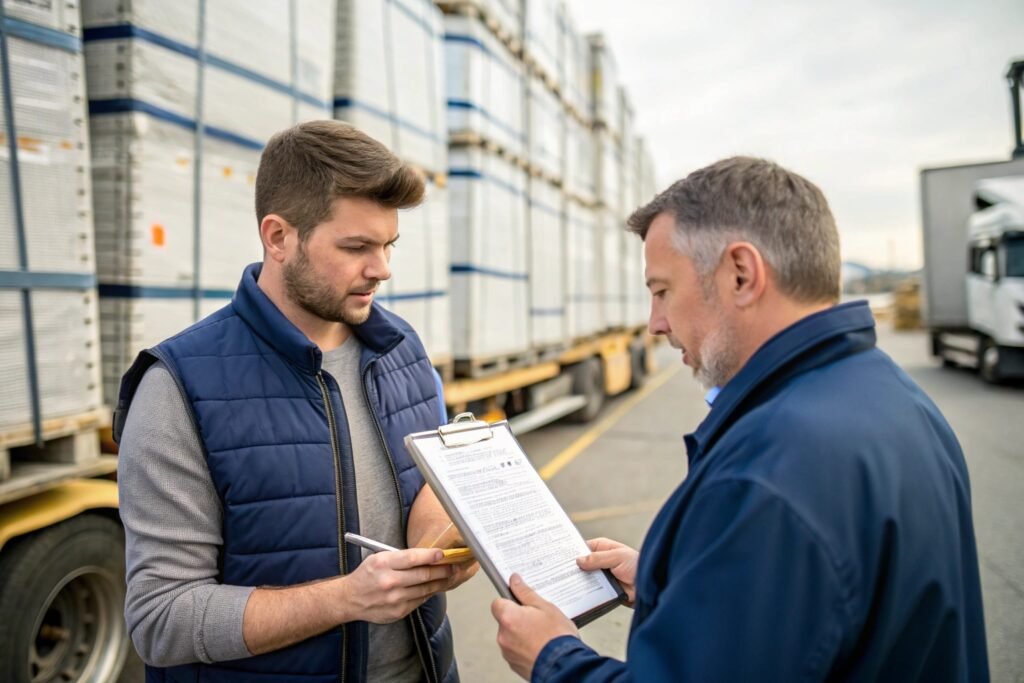
Cargo insurance types compared
| Policy Type | What It Covers | Best For |
|---|---|---|
| All-Risk (ICC-A) | Most causes of loss/damage, unless excluded | High-value or fragile cargo |
| Named Perils (ICC-B/C) | Specific risks like fire, sinking, stranding | Medium-value goods with moderate risk |
| FPA (Free of Particular Average) | Only total losses or extreme events | Bulk cargo, low-cost goods, basic coverage only |
We recommend:
- All-Risk for electronics, apparel, consumer goods
- Named Perils for low-risk shipments in sturdy packaging
- FPA only when cost is a bigger concern than coverage
We also offer custom add-ons for:
- War and strike risks
- Temperature-controlled cargo
- Project and oversized shipments
At GeeseCargo, we include All-Risk quotes with most FCL and DDP offers — so clients can make an informed decision.
Common risks covered by marine cargo policies
Even if your route seems routine, shipping goods globally exposes them to many risks — from port handling damage to storm exposure.
Marine cargo insurance covers risks like vessel accidents, port mishandling, theft, bad weather, and container loss at sea. These are more common than most importers realize.
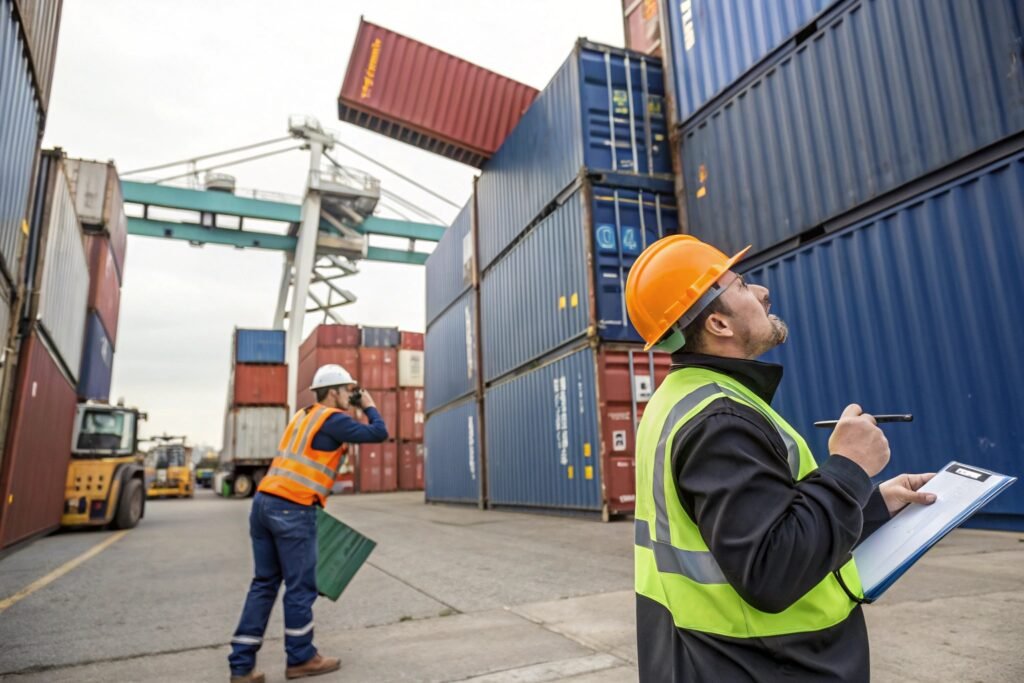
Most frequent cargo claims we see:
| Risk Type | Example | Insurance Pays? |
|---|---|---|
| Physical damage | Crushed cartons in LCL container | ✅ |
| Theft | Pilferage from container during stopover | ✅ |
| Weather | Water damage during typhoon loading | ✅ |
| Fire/explosion | Port fire at transshipment hub | ✅ |
| Vessel accident | Container overboard during rough seas | ✅ |
| General Average | Contribution to shared ship loss | ✅ |
We once handled a case where a container was stacked near a leaking reefer unit. Water soaked the client’s cartons for 3 days at port. Their All-Risk policy covered the full $18,200 loss within 3 weeks.
What’s not covered?
- Delay in delivery (unless part of special terms)
- Inherent product defects (e.g., fragile goods poorly packed)
- Improper packaging
- War or civil unrest (unless covered by add-on)
- Acts of willful negligence
That’s why we review your cargo type and packaging before recommending insurance — so coverage aligns with your risk profile.
How to file a freight insurance claim step by step
If something goes wrong, knowing how to respond quickly can speed up your claim and help you recover your losses.
Filing a freight insurance claim requires prompt documentation of the damage, photos, and official statements from carriers or warehouse personnel.
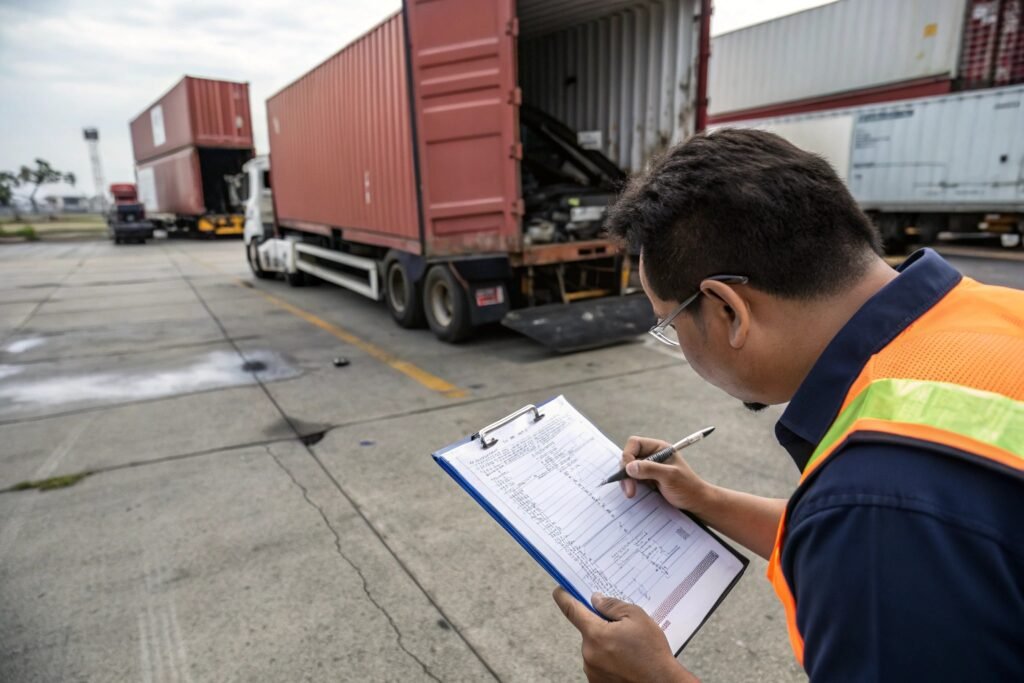
Step-by-step insurance claim process:
| Step | Action |
|---|---|
| 1. Inspect cargo on delivery | Note visible damage or count discrepancies |
| 2. Take photos | Photograph packaging, product condition, container labels |
| 3. Notify forwarder/insurer | Within 3–5 days of receipt (depends on policy) |
| 4. Retain documents | Keep B/L, invoice, packing list, delivery receipt |
| 5. Get carrier statement | Delivery note or damage report from driver/terminal |
| 6. File claim | Submit forms, photos, and supporting docs to insurer |
| 7. Await response | Most claims process within 15–30 business days |
Our team helps clients with every step — including documentation, contacting the insurer, and following up on claim status.
We also provide damage prevention guidelines before shipment to reduce the chance of issues — like export-grade cartons, palletization, and protective film.
Conclusion
Freight insurance isn’t just a backup plan — it’s a smart investment in the safety of your cargo and the stability of your business. With the right policy, fast claims support, and a forwarder like GeeseCargo by your side, you can ship globally with confidence — and protection.
